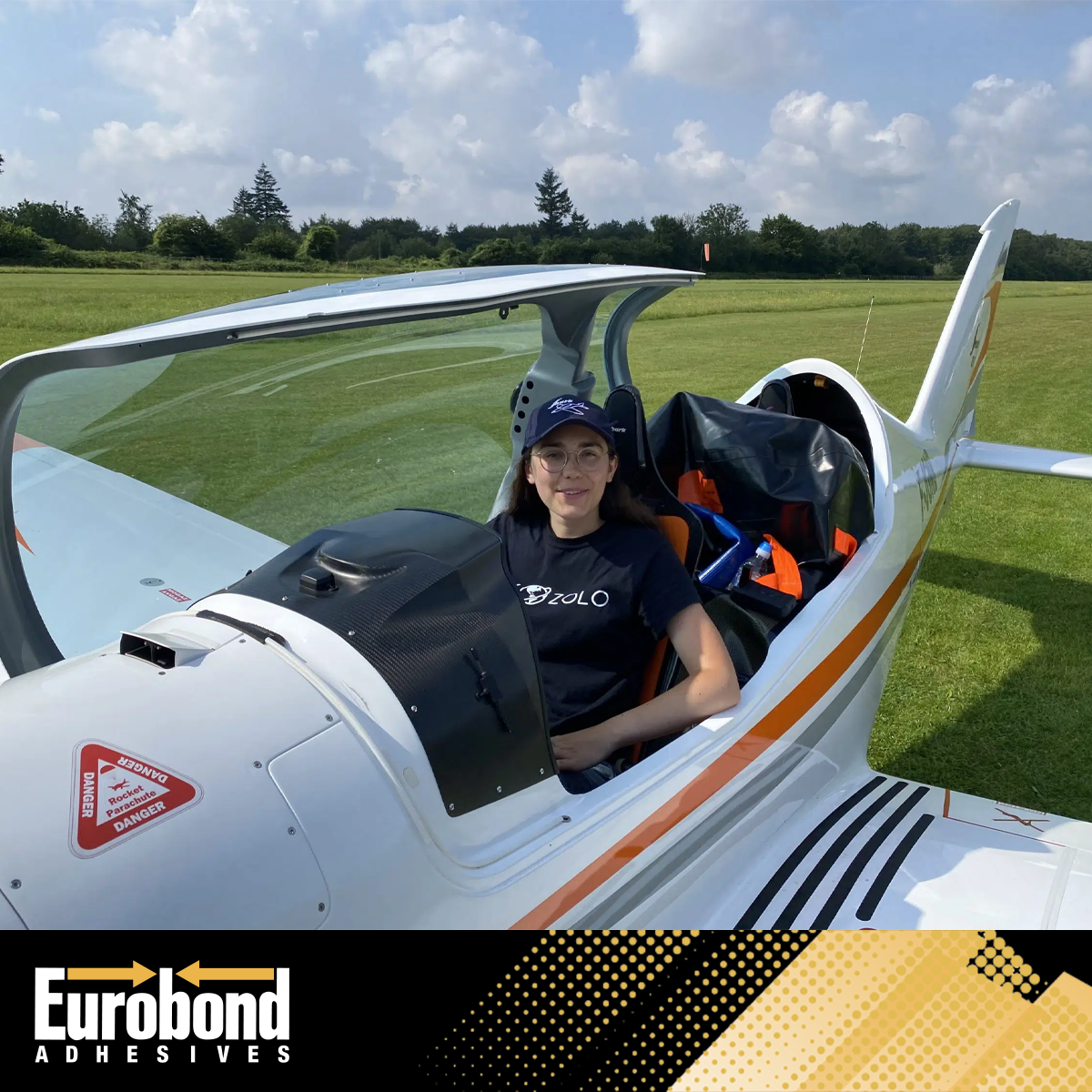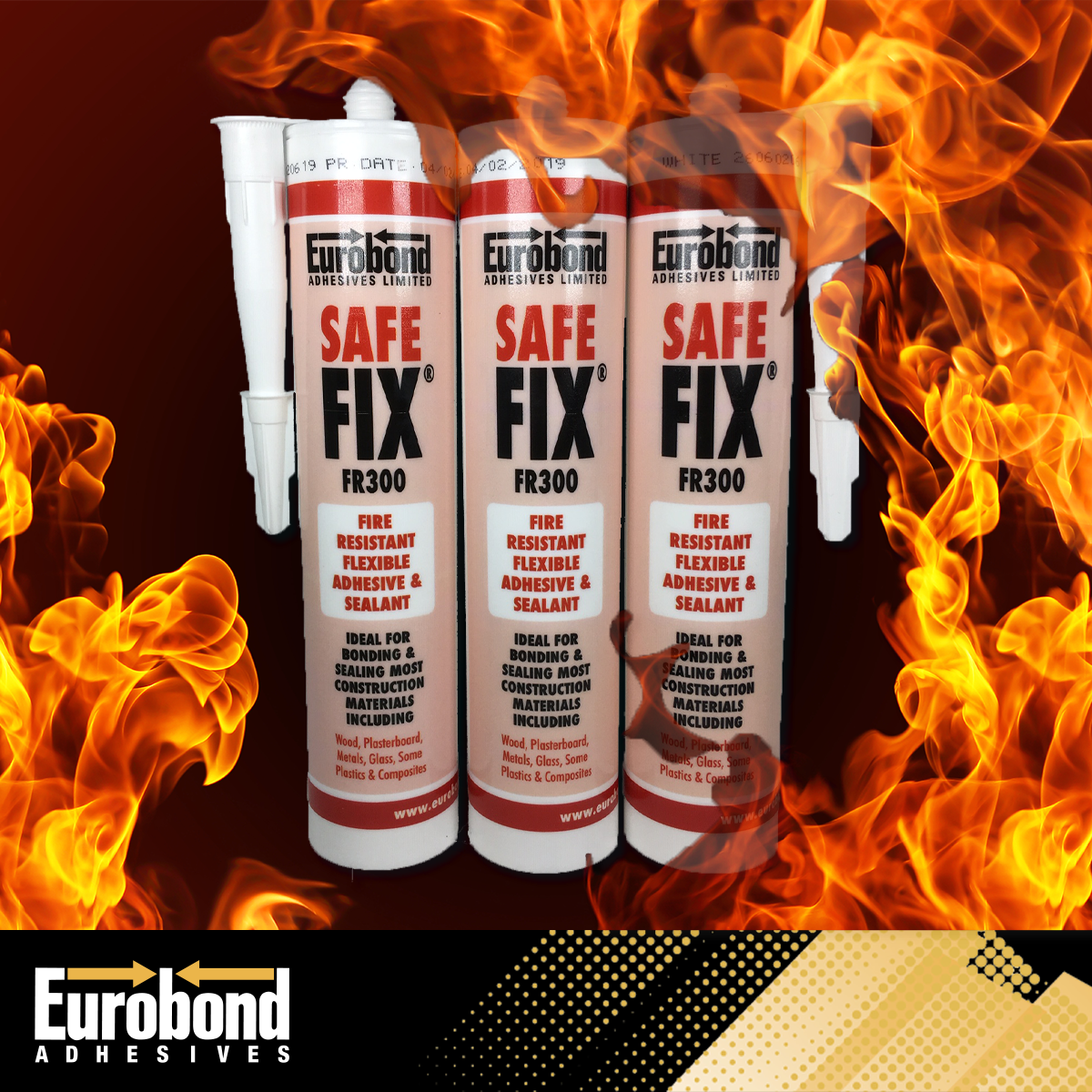The Light Touch – UV & Visible Light Curing Adhesive Systems
- Eurobond Adhesives
- Product Features
- 9 Jan 2017 views

For the uninitiated, selecting and using adhesives for a manufacturing process can be a daunting prospect. How on earth are you supposed to know which one is most suitable for your application?
Ultra Violet Light curing (UV) adhesives are just one example of how a simple adhesive chemistry can be seen as mysterious, complicated to use and very high tech, which often puts users off. That negative image belies the many valuable features and benefits of UV and visible light curing adhesive systems – and how easy they are to use.
UV light curing adhesives are ‘cure on demand adhesives’ and remain completely inert when applied to a substrate until they are subjected to controlled and concentrated UV light. These adhesives are used in many different applications, including the manufacture of medical disposable devices, such as chest drains, blood transfusion filter housing, needle bonding, catheter tube/bag bonding, glass and acrylic furniture manufacture, decorative glass bonding and much more. They are extremely versatile products, ideally suited to high volume production outputs, as well as the artisan craftsman. Eurobond Adhesive medical grade adhesives are classified USP Class Vl and ISO 10993 certified.
There are two types of UV adhesives chemistry: acrylic- and epoxy-based materials. Acrylic based adhesives are widely used for bonding clear materials, such as acrylic, PVC, SAN and glass to each other or even to metals. The benefits of acrylic-based adhesives are numerous:
- Can be used in a wide variety of applications
- Fast curing, making them very useful for high output production
- Excellent adhesion properties
- Wide range of viscosities, from ultra-low to thick gels.
Examples of these types of products are Eurobond Gelfast®, Vitralit® 7641LV, 7989, 4731, and 1703. Epoxy-based UV adhesives tend to be used as coatings – for example, as a glob top protective coating to protect chips on PCBs, dome coating on badges or protecting SMD wire contacts on PCBs. Here are some of the benefits of epoxy materials, such as Vitralit® 1691, 1657, 6128:
- Have superior environmental resistance
- Wider operating temperature range
- Low ionic and alkali content
- Low shrinkage giving better positioning and minimal movement
- Cure to a tack-free, dry finish.
Some epoxy-based adhesives are dual cure materials, which means that the initial tack cure is achieved using UV light and any adhesive in shadowed areas where UV light cannot reach can be cured by thermally curing in an oven. When exposed to concentrated and controlled UV or visible light, photo-initiators or light sensitive catalysts in the liquid adhesive release free radicals in acrylic-based systems and cations in epoxy systems. These excited molecules trigger ‘polymerisation’, causing the adhesive to cure to a solid state in just a few seconds. As a general rule, the greater the UV light intensity, the shorter the cure time.
Selecting the right UV light curing equipment for your specific application is also critical to the success of your production. In the main, there are two types of UV light curing systems, gas discharge lamps and LED lamps. Unlike gas discharge lamps, which have a broad light spectrum ranging from 340nm to 420nm, LED light sources have a monochromatic light spectrum with specific light wavelengths matched to the curing requirements of the particular adhesive used. LEDs are available with wavelengths in the UV range from 365 to 395 nm and in the visible-light range from 405 to 460 nm. LED systems, though, can be turned on and off as many times as you like and have no warm-up or cool-down cycle. Gas discharge lamps also generate a huge amount of heat and this could be detrimental, particularly if bonding thin film or heat-sensitive materials; by contrast, LED systems produce virtually no heat. The lamp life of a gas discharge lamp is around 500 to 1000 hours, which is significantly less than that of an LED system which can be up to 20,000 hours.
Careful consideration should be given to the most suitable type of UV light system required for your given application. Again, there are four main categories:
Gas discharge lamps have to warm up when they are turned on, and this could be anywhere up to two minutes’ waiting time before the lamp has fully energised and is producing the correct amount of UV required to cure the adhesive. They also have a cooling down phase, with a thermal cut-out switch, which means they are not practical for stop/start production. However, some light systems operate a simple shutter system to get around this problem.
Acrylic and epoxy-based adhesives can be cured using either UV gas discharge lamps or UV LED lamps. Some special acrylic adhesives also cure under visible light and are used, for example, when bonding UV-impermeable plastics, such as polycarbonate or laminated glass.
- Handheld or jig-mounted flood lights, such as our UV(A)-LED Hand Lamp, whose intensive irradiation ensures reliable production results within seconds. A homogeneous intensity distribution is guaranteed by the arrangement of the LEDs.
- Light guides, such as the Bluepoint System from Honle, which delivers UV light along flexible fibre optic; or liquid-filled guides which give a narrow beam of precise, high-intensity UV light
- UV light cabinets, such as Honle’s UVA Cube, are self-contained enclosures in which multiple bonded parts can be placed and cured at the same time
- UV laser pens, such as the LED Power Pens, are simple hand-held precision LED UV light sources. Manufactured by Honle and distributed by Eurobond Adhesives in the UK, these Power Pens are ideal for small-scale production or laboratory work. They allow the operator great flexibility in delivering UV light and emit high-intensity UV light with minimal heat output and are ideal for curing intricate or small bond lines.


In conclusion, given the right technical advice about your specific application and the correct product training, UV light curing adhesives are extremely simple, effective and efficient bonding systems to use.
Call us today on 01789 773232 or email sales@eurobond-adhesives.co.uk and speak to one of our Technical Representatives, who will be happy to discuss your requirements or the products in further detail.











